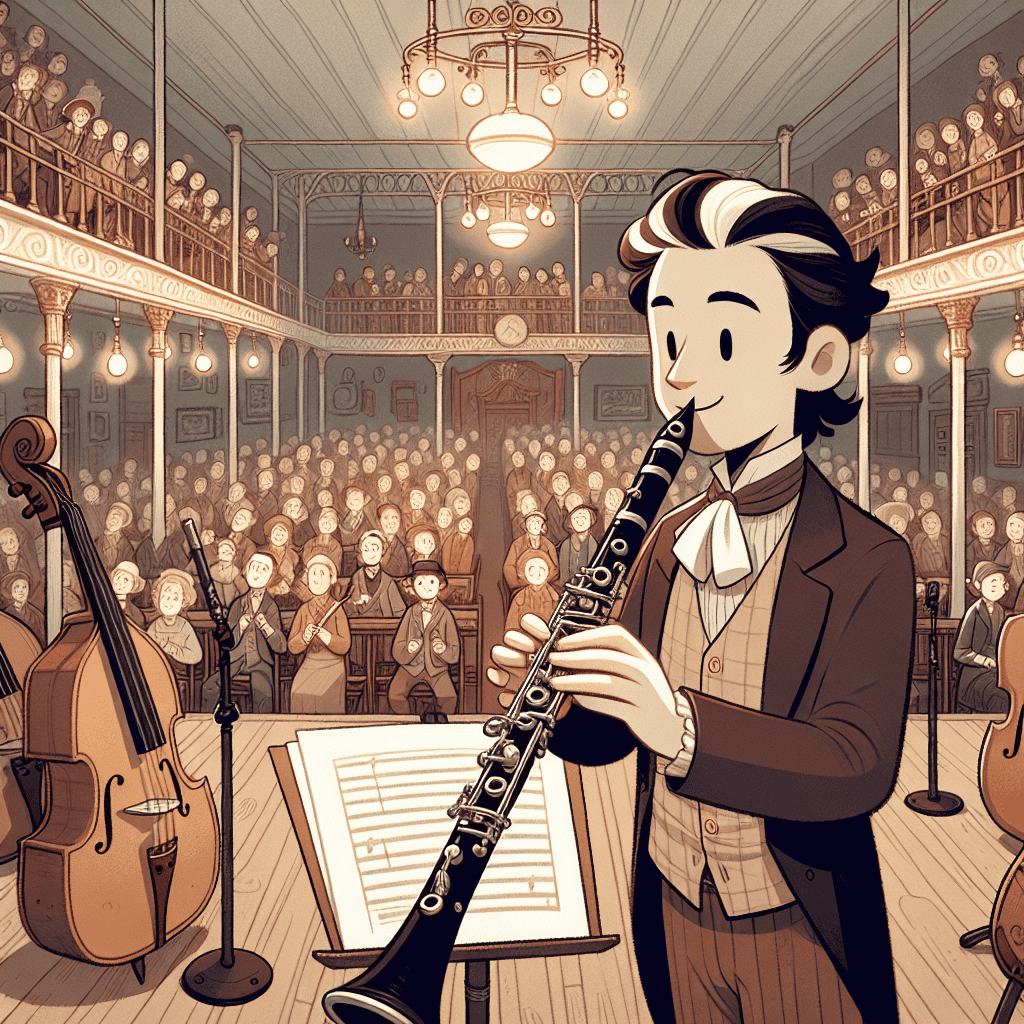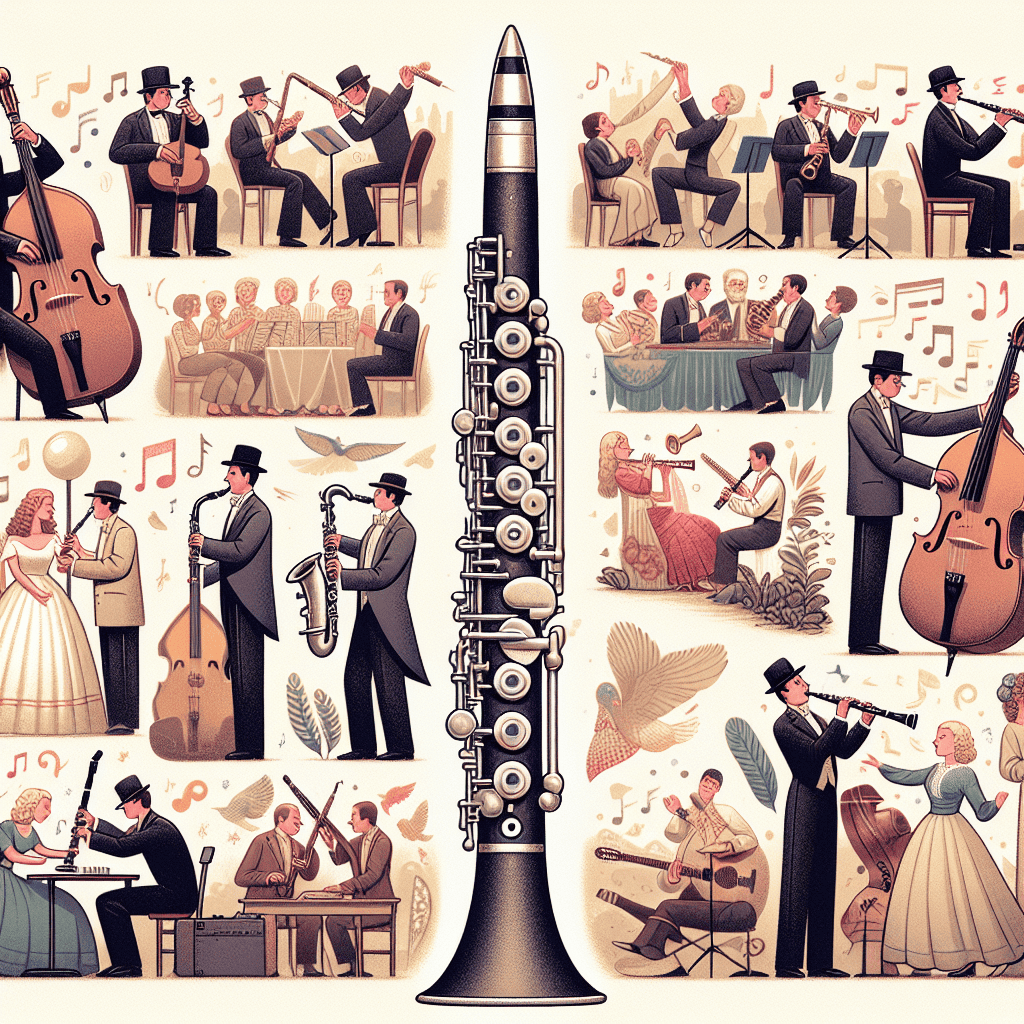Playing the clarinet isn't just about finger positions and sheet music. A key part of mastering this beloved instrument is all about air pressure control. Yep, you heard that right – it's all in the airflow! So, let's break it down and get you on the path to clarinet greatness.
Understanding Air Pressure in Clarinet Playing
First things first, why is air pressure so important? Well, air pressure is everything when it comes to producing a clear and consistent sound on the clarinet. Too much pressure and the sound gets all squeaky and off-pitch. Too little? You won't get a sound at all.
Proper air pressure means controlling the speed and volume of air you push through your clarinet. It's like Goldilocks – it needs to be just right. And here's where Martin Freres Clarinets come into play, providing an excellent platform for learning and mastering these techniques.
Get Your Breathing in Check
The foundation of air pressure control is good breathing. That might sound obvious, but it's something many players overlook. Take deep breaths from your diaphragm, not your chest. Picture filling up your belly with air – that's where you want it. This technique keeps your airflow steady and strong.
Here's a handy trick: practice breathing exercises away from the clarinet. Try this – take a deep breath in for four counts, hold for four counts, and exhale for four counts. It sounds simple, but it's incredibly effective in building lung capacity and control.
| Breathing Exercise | Duration | Purpose |
|---|---|---|
| Inhale | 4 counts | Fill lungs completely |
| Hold | 4 counts | Strengthen diaphragm |
| Exhale | 4 counts | Control air release |
Posture Matters
Have you ever noticed how some musicians seem to play effortlessly? It's often down to good posture. Stand or sit up straight with your shoulders back and relaxed. This position helps your lungs and diaphragm work efficiently, giving you better control over your air pressure. Think like a soldier, but relaxed!
Martin Freres Clarinets are designed to fit comfortably, making it easier to maintain good posture. Keep your chin up, literally and figuratively, and let your air flow naturally.
Embouchure – Your Secret Weapon
Your embouchure, or how you shape your mouth around the mouthpiece, plays a massive role in air pressure control. The ideal embouchure is firm but not tense. Imagine you're sipping spaghetti, pulling your lips slightly forward and around the mouthpiece, then blowing through your lips.
Experiment with different mouthpiece placements and find what works best for you. Martin Freres offers a variety of mouthpieces to help you discover that perfect fit.
Tuning Your Instrument
A well-tuned clarinet helps immensely with air pressure control. Before each practice, ensure your instrument is properly tuned. An out-of-tune clarinet can make even the best air pressure techniques seem flawed. Regular maintenance of your Martin Freres Clarinet can ensure it stays in top condition, making your practice more productive.
Practice Makes Perfect
Like riding a bike, mastering air pressure takes practice. Consistent, focused practice will develop your air control over time. Start with long tones, playing notes for as long as you can while keeping the sound steady. Gradually introduce scales and arpeggios to build complexity.
To make practice more engaging, consider using a metronome. It helps maintain a steady rhythm, ensuring your air pressure is consistent throughout each note.
Know Your Limits
Playing too long without breaks can lead to fatigue, which affects your air control. Take regular breaks to rest your lips and lungs. This practice isn't a sign of weakness; it's smart. Martin Freres Clarinets are known for their ergonomic designs, making longer practice sessions more comfortable, but breaks are still essential.
Perform and Evaluate
Playing in front of an audience, even if it's just a few friends or family members, helps you get feedback on your performance. Record yourself and listen carefully. You might be surprised at what you hear and what you didn't notice while playing.
Comparing recordings over time can also be motivating as you hear your progress. Stick to high-quality instruments like those from Martin Freres to ensure what you hear is your playing, not instrument flaws.
Finally, don't be afraid to seek professional advice. Teachers and experienced players can provide valuable insights that can help you improve faster. They can spot bad habits early and correct them before they become ingrained.
So, there you have it! Mastering air pressure control is a journey, but with persistence and the right techniques, you'll streamline your skills in no time. And remember, with brands like Martin Freres offering top-of-the-line instruments, you're equipped to reach your full potential.







